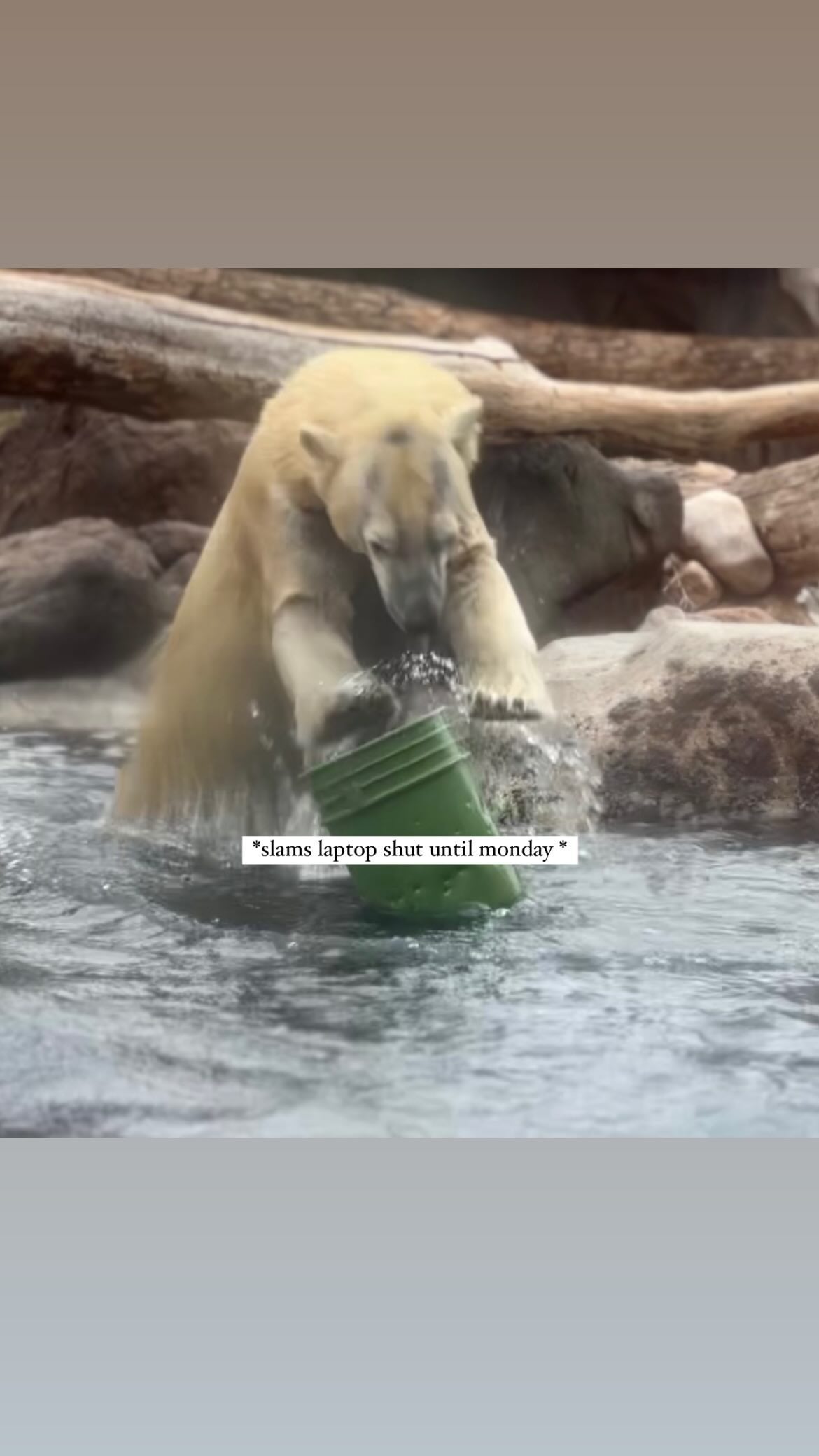– The ecological significance of bears as a keystone species in various habitats
– The role of zoos in bear conservation and public education
– Modern challenges in wildlife conservation concerning bear populations
– Strategies adopted by conservationists to ensure the survival of bear species
– The importance of public awareness and engagement in sustaining conservation efforts
Bears, often captured in countless cultural references from children’s stories to social media expressions of a “beary good weekend,” are more than symbols of wilderness and strength. In ecological terms, bears hold a crucial role as keystone species in the ecosystems they inhabit. As apex predators and powerful foragers, they impact the survival and proliferation of various other species and help maintain the delicate balance that sustains diverse wildlife communities.
Zoos have evolved over the decades from solely being institutions for public entertainment to becoming integral centers for conservation and education. Modern zoo management practices are deeply rooted in scientific research, focusing on providing environments that reflect the natural habitats of bears and other wildlife. These institutions contribute to the conservation of bears by participating in captive breeding programs, reintroducing efforts, and providing sanctuary for injured or orphaned individuals. Additionally, they serve as a platform to educate the public about the essential roles these animals play in nature and the threats they face in the wild.
One cannot overlook the modern challenges confronting bear populations across the globe. Habitat loss, climate change, and human-wildlife conflicts threaten their continued existence. Illegal trade and hunting add to the pressure on these mammals, pushing some species precariously close to the brink of extinction. Conservationists employ many strategies to combat these challenges, including habitat preservation, legislation enforcing bear protection, and initiatives promoting coexistence between bears and local communities.
Conservationists adopt multifaceted strategies, ranging from scientific research on bear behavior and genetics to community-based conservation programs. Protecting bears’ natural territories ensures not only their survival but also the conservation of vast tracts of wilderness crucial for the health of our planet. These efforts frequently involve collaborations between governments, non-profit organizations, wildlife experts, and local communities, underlining the interconnectedness of global conservation efforts.
Public awareness and engagement play pivotal roles in the success of bear conservation initiatives. Public enthusiasm and support can lead to policy changes, increased funding for environmental programs, and more robust protection measures. Educational campaigns highlighting the importance of bears in various cultures and ecosystems can inspire a deeper respect for these magnificent creatures and a stronger commitment to their preservation.
Education stands at the forefront of wildlife stewardship by weaving a narrative of conservation through zoological facts and the enchanting lives of bears. Happy Friday sentiments shared on social media and messages of wildlife appreciation can foster a global dialogue on the urgent need to support these species. In weaving this tale of awe and respect for the bear, we can spin a weekend greeting into a global movement that champions the bear’s cause. Through increased knowledge and collective action, we wish each other a “beary good weekend” and contribute to a future where bears and humans thrive in mutual respect and harmony.
*****
Source Description
Happy Friday 😌 hope you have a *beary* good weekend!
class=”instagram-media” data-instgrm-permalink=”https://www.instagram.com/reel/C5ZbFUAPeba/” data-instgrm-version=”14″ style=” background: border:0; border-radius:3px; box-shadow:0 0 1px 0 rgba(0,0,0,0.5),0 1px 10px 0 rgba(0,0,0,0.15); margin: 1px; max-width:540px; min-width:326px; padding:0; width:99.375%; width:-webkit-calc(100% – 2px); width:calc(100% – 2px);”>


